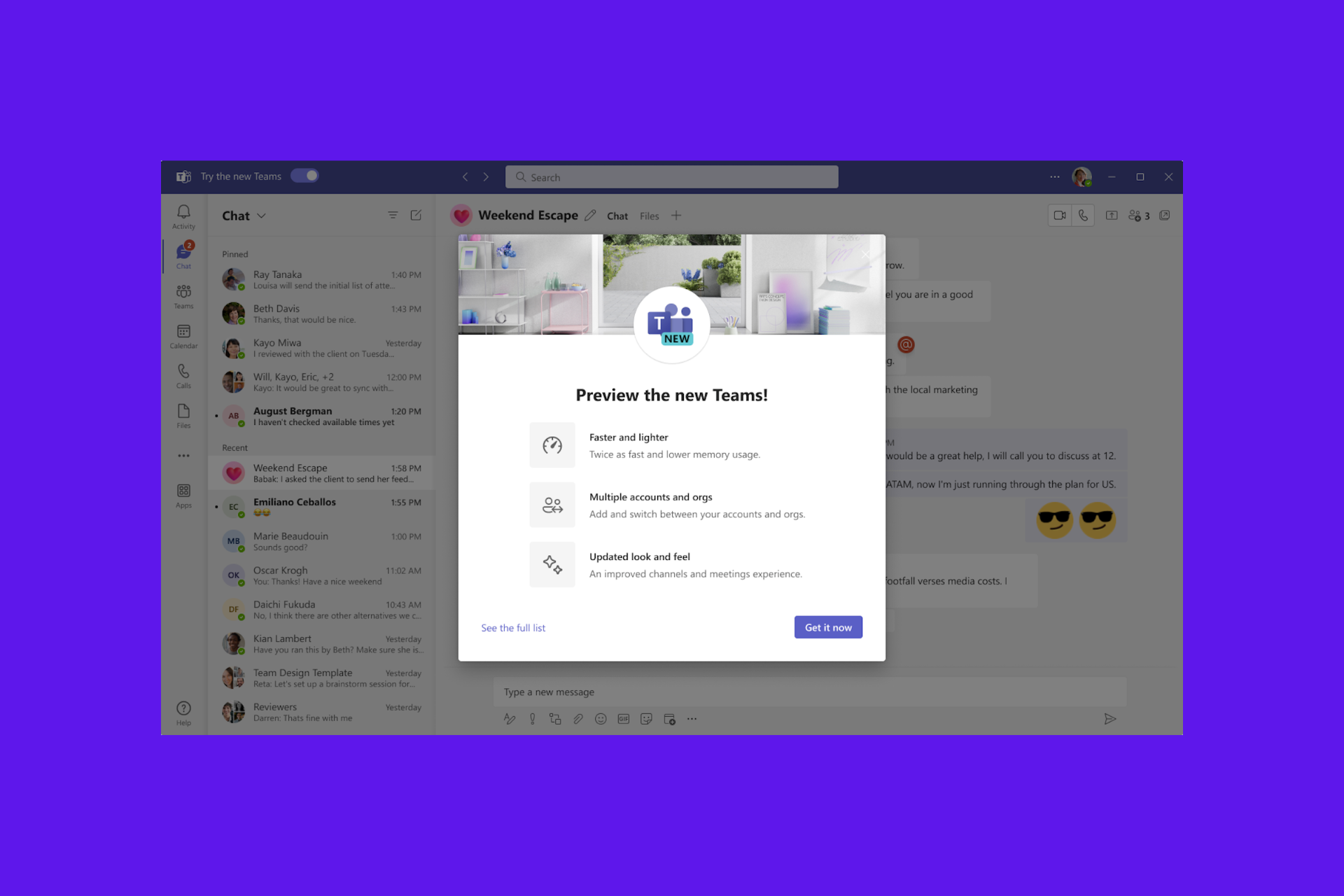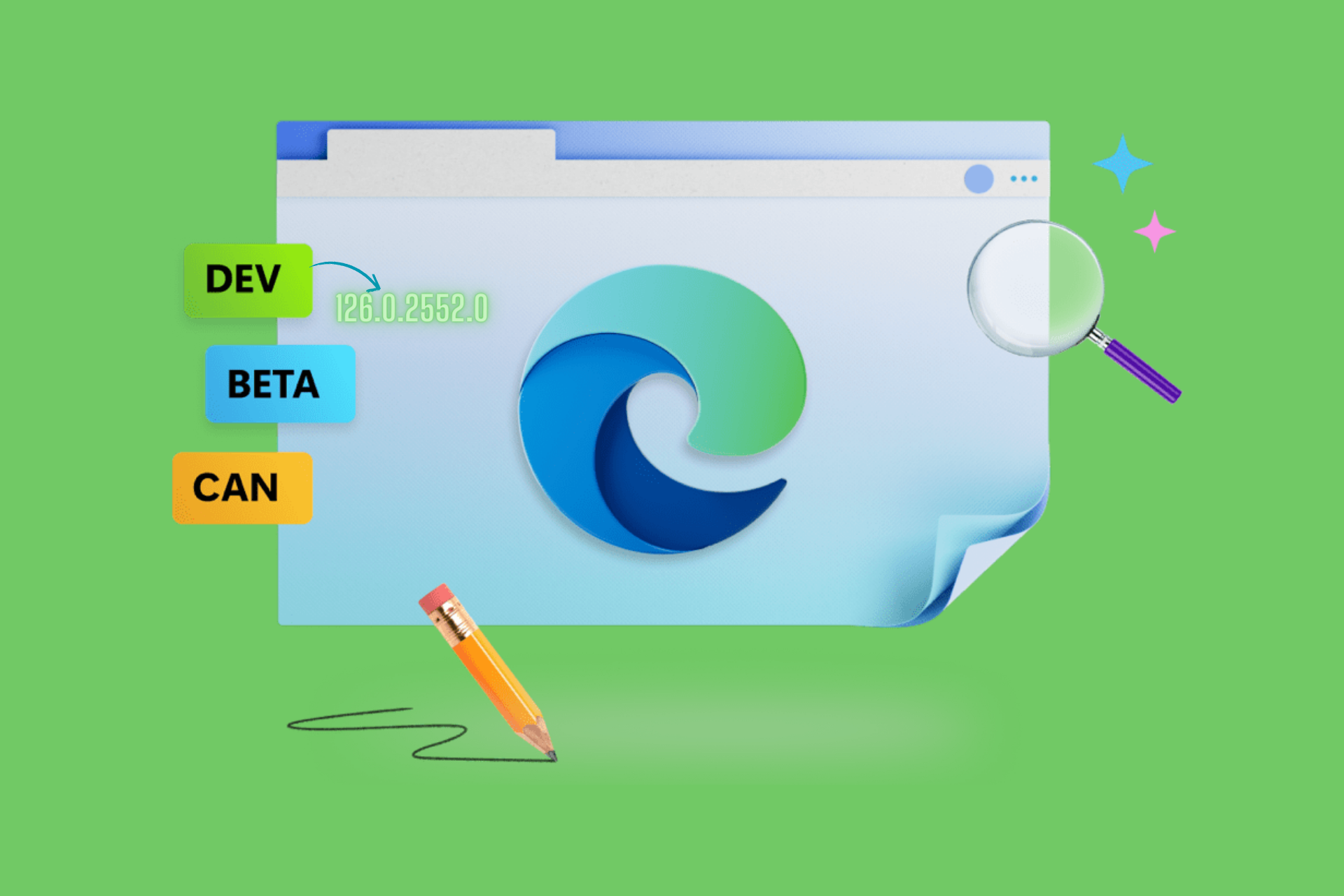Windows Subsystem for Linux (WSL2) will ship with Windows 10 version 2004, kernel to be delivered via Windows Update
2 min. read
Published on
Read our disclosure page to find out how can you help Windows Report sustain the editorial team Read more

There was a time when Microsoft took a much different approach to Linux, but much has changed, and the Windows Subsystem for Linux (WSL) is becoming an essential tool for developers and IT managers. The latest version of WSL, known as WSL2, has been in testing, and Microsoft announced today that it will become generally available and ship with Windows 10 version 2004. We’re getting close to that milestone, with a new build for the 20H1/2004 Slow Ring released today, but a final version is yet to ship.
One big change is coming too to the way WSL2 is delivered. Instead of being baked in to the operating system, WSL2 for the first time will be update-able via Windows Update. However, it’s going to take some time for this new functionality to arrive, so users will still have to manually install WSL2 on Windows 10 version 2004. Here’s more from today’s blog post:
Our end goal is for this change to be seamless, where your Linux kernel is kept up to date without you needing to think about it. By default this will be handled entirely by Windows, just like regular updates on your machine. Inside of the initial release of Windows 10, version 2004, and in the latest Windows Insiders slow ring preview build you will temporarily need to manually install the Linux kernel, and will receive an update in a few months that will add automatic install and servicing capabilities. We made this change now and will have a patch later to ensure that all users in the initial general release of WSL2 will be serviced via this dynamic model, and no one will be left in a middle state using the prior system.
Microsoft seems to keep needing to learn the lesson, as they did with legacy Edge, that building features into the operating system means that they can’t be easily updated in a timely manner, but like the new Edge, WSL2 will soon be able to update independently of the operating system, meaning that innovation can continue separately from the cadence of Windows 10’s update cycles.
Are you using WSL? Is it helping your workflow? Let us know in the comments below.








